(Page créée avec « * Install an EPDM lining which will achieve watertightness. ») |
(Page créée avec « * Lay down a geotextile ») |
||
| Ligne 207 : | Ligne 207 : | ||
* Install an EPDM lining which will achieve watertightness. | * Install an EPDM lining which will achieve watertightness. | ||
| − | * | + | * Lay down a geotextile |
* Installer un passe-paroi sur la membrane EPDM dans le bas du filtre | * Installer un passe-paroi sur la membrane EPDM dans le bas du filtre | ||
Version du 1 octobre 2020 à 21:07
Description
Ecological Sanitation of Wastewater
Sommaire
Sommaire
- 1 Description
- 2 Sommaire
- 3 Introduction
- 4 Video d'introduction
- 5 Étape 1 - Filter Sizing
- 6 Étape 2 - VF - Excavation
- 7 Étape 3 - VF - Plumbing
- 8 Étape 4 - VF - Waterproofing
- 9 Étape 5 - VF - Drainage
- 10 Étape 6 - VF - Planting
- 11 Étape 7 - HF - Excavation
- 12 Étape 8 - HF - Plumbing
- 13 Étape 9 - HF - Waterproofing
- 14 Étape 10 - FH - Drainage
- 15 Étape 11 - FH - Plantation
- 16 Étape 12 - Exutoire
- 17 Étape 13 - Entretien et usage
- 18 Étape 14 - Toilettes sèches et phytoépuration
- 19 Étape 15 -
- 20 Notes et références
- 21 Commentaires
Introduction
The purpose of water sanitation is to transform water that has been polluted by human activity (domestic, agricultural, industrial) into water that can be assimilated into the natural environment. There are numerous water sanitation solutions in existence on a collective scale* [especially in France] as individual solutions, declared autonomous. All of these are based on bacteriological activity to clean up contaminated water. Likewise, each system, at its output, returns the water to the natural environment by infiltration or by leach field. The output of this water sanitation is not potable. It is highly rich in minerals that the sun and plants may assimilate, comparable to a fertilizer. Returning it to the aquatic environment is prohibited, excepting cases in which infiltration or leaching is not possible [translator note: depending on your country]. As the aquatic environment is more sensitive than the soil, the input of nutrient-laden water involves a high risk of disrupting the natural environment, going as far as asphyxiation or eutrophication.
Types of pollution and sanitation
Water pollution is grouped into four families:
- Organic pollution (carbon, nitrogen, phosphorus) mainly comes from substances of biological origin (excrement, urine, manure, slurry, etc.). These particles are oxidizable, that is to say, that in the presence of oxygen, bacteria are able to degrade them and transform them into minerals.
- Microbiological pollution is linked to organic pollution. Full of excrement, wastewater is rich in pathogenic microorganisms: viruses, bacteria, etc. which are harmful to health and the environment. High bacterial competition inhibits the development and proliferation of these parasites.
- Chemical pollution is comprised of all the major pollutants resulting from human activity such as medicines, pesticides, hydrocarbons, metals and heavy metals. These chemicals are dangerous for the environment which they pollute lastingly by their high toxicity and low biodegradability. Current sanitation systems (collective or not) are very inefficient in the face of this complex and varied pollution. Pollutants therefore end up in the natural environment and are bio-accumulated. In this way, they move up the food chain and increase their concentration at each new level.
- Suspended solids (SS) are insoluble solid particles. In the long term, they lead to filtration systems clogging.
Phyto-purification - Planted Filters
Like all the other sanitation systems (water treatment plants, septic systems, and other septic-based systems...) phyto-purification is based on the principle of separating solids from liquids as well as the bacteriological degradation of particles. Phyto-purification (or planted filters) is based on three actors:
- Bacteria. It degrades the organic particles to render them assimilable to the natural environment.
- The substrate, comprised of gravel or aggregate, creates a habitat for the bacteria, which settle upon the surface of each material. It plays an equally important role for the root systems of the plants. With a granule size going from finer to coarser, the substrate is also a filter, permitting the passage of water while blocking the bigger materials.
- The plants, with the development of their roots and the movement of of their overground parts, clean the filter which, contrary to all the other solutions, self-maintains it.
Benefits and drawbacks of Phyto-purification
Phyto-purification is an effective solution for the quality of wastewater sanitation. Contrary to the other systems, a plant-based filter consumes no electrical energy (mixing, foaming, pump...) and requires no complex maintenance such as draining sludge and directing it to a treatment place. Self-sufficient energetically and logistically, phyto-purification is the most ecological solution for wastewater sanitation.
Phyto-purification is an extensive solution which takes up the space (more space than a compact filter, but less space than a sand filter) of between 2 and 4m²/population equivalent (PE). The filters are sized by the accommodation capacity of the housing, not by the number of inhabitants, with one main room = 1 PE. For example, a house with 3 bedrooms, 1 kitchen-dining room, and 1 living room has 5 main rooms. The sanitation system must then have a capacity of 5 PE. Individual sanitation being means-based and not end-based would require, at minimum, 10m² of planted filters.
Filters that are installed like this, thanks to the diversity of the filtering plants, play an aesthetic role in gardens. In addition, they replicate wetlands, a necessary element in the development of natural life. Numerous helpers (insects, birds, amphibeans...) return--it's a great path toward biodiversity. Phyto-purification is different from lagoon-based systems in that there is no water on the surface of the filters, but instead gravel--therefore, no risk of the proliferation of mosquitos.
However, the installation of planted filters remains a greater investment than that of a conventional solution (For 5 PE: approximately 10,000 € for planted filters, versus 7,000 € for an all-water septic system). The system becomes profitable at around 15 years, as it demands neither management by a professional workforce, tank drainage (there is no tank), nor energy (apart from cases requiring a sewage pump station for powering the filters, but this costs only a few euros per year where necessary).
If your housing is part of collective or public sanitation (all to the sewer), you cannot run an autonomous sanitation system. But don't lose hope, phyto-purification is the dominant sanitation system in France for towns of less than 1000 inhabitants. Your wastewater may already be in the roots of plants!
Building Your Own and Approvals
To limit pollution in the natural environment, sanitation systems are subject to regulation. A performance requirement is requested by the sanitation collective (>20 PE). Individual sanitation must meet an obligation of means.
Individual phyto-purification must therefore be approved to be set up, which is to say, if one wishes to go ahead with planted filters at their home, it is necessary to commission a study and installation by a company that insures the system has received a ministerial approval.
In France, the Service Public d'Assainissement Non Collectif (SPANC) or Public Service of Non-Collective Sanitation is charged with the regulation of all the domestic wastewater sanitation systems not linked to collective networks of water sanitation.
Be that as it may, doing one's own construction is possible by calling on a certified guide who will administer soil studies and measurements and who will provide materials and all guidance necessary for a long-lasting and effective result. Self-built systems save at least 30% of costs on the global system and take the individual further in terms of control and knowledge of one's habitat.
The system presented was produced with Kévin Quentric, self-building guide affiliated with the network Aquatiris. This tutorial retraces the key milestones of an installation, providing an evaluation of the capacity of self-building and the value of the planted filters. To act in compliance with French law, it would be beneficial to connect with a company whose solutions are authorized.
===== Find in this report https://lowtechlab.org/assets/files/rapport-experimentation-habitat-low-tech-low-tech-lab.pdf an analysis of the use of this phyto-purification system, as well as 11 other low-tech experiements throughout the project In Search of a Sustainable Habitat. ====Youtube
Matériaux
- Gravel (granule size 12/20 or 20/40mm)
- Gravel (granule size 4/8, 4/12, or 6/10 mm)
- Washed silica sand
- Puncture-resistant geotextile
- EPDM sheeting
- PVC pipes
- 2 PVC T-connectors
- Drains
- PVC Glue
- 2 manholes
- 2 valves
- 2 pass-through fittings
Outils
- Shovels and some good friends, or an excavator
- Shovel
- Pick
- Rake
- Level
- Saw
- Utility Knife
- Drill-Screwdriver
Étape 1 - Filter Sizing
While many planted filter solutions are in existence, the filter proposed in this tutorial is the solution most used in collective water sanitation, customized to an "individual format." It is composed of two filters having two different roles: first a vertical filter, then a horizontal filter.
Vertical Filter
The vertical-flow filter (VF), which receives the polluted wastewater, is made up of two parallel beds, utilized alternately. The sand on the surface of the filter facilitates the passage of water while blocking the larger particles.
The water percolates across the gravel and is collected by a drain at the bottom of the filter, spending between 4 and 8 hours in this first stage. The environment not being drowned in water makes it rich in oxygen, which stimulates the aerobic bacterial activity necessary for the mineralization of the organic particles. Mineralization is a result of complex chemical reactions based on the principle of oxidation of organic compounds. It is this mineralization process that allows the transformation of an element from being non-assimilable by plants to assimilable. The simplification of of the reactions looks like: Norg => NH4+ => NO2- => NO3-.
The vertical filter measures 60 to 80 cm deep and has a surface area of 2m²/PE.
Horizontal Filter
The horizontal-flow filter (HF) collects the filtered wastewater following the vertical filter. The horizontal filter works "loaded up," meaning, the substrate is nearly always saturated in water. In absence of oxygen, anaerobic bacteria denitrify, or remove the nitrogen, from the water: they collect the oxygen they need from the molecules of nitrates, which then go on to transform into dinitrogen: N03- => N2O => N2
The horizontal-flow filter measures 2m²/PE for a depth of 60cm.
In order for the sanitation to be entirely self-sufficient and to consume no energy, we use gravity to power the two filters. The top of the vertical filter, then, must be lower than the point of collection of wastewater from the house. Likewise, the top of the horizontal filter must be lower than the bottom of the vertical filter. The installation will therefore probably take place on the lowest part of the garden. If this is not possible due to flat terrain, a condensate pump can be installed between the point of collection and the vertical filter, the latter being above ground and the horizontal filter respectively being underground.
The filters must be installed at least 3 meters away from trees, as their roots may risk puncturing the waterproof linings.
Étape 2 - VF - Excavation
Depending on the characteristics of the terrain
- Dig, build, or construct from wood the structure of the vertical filter at 90cm x 2m x [PE number in meters]
- Cover lightly with sand to create a flat floor with a slight slope (≈1%) in the direction of the second filter.
- For construction dug into the ground, place a root-resistant barrier.
Étape 3 - VF - Plumbing
- Install a manhole at the top of the filter as an inlet for the polluted wastewater.
- Inside the manhole, install a 3-way valve to distribute the water between the two beds.
- Install a manhole at the bottom of the filter that collects the drained water.
Étape 4 - VF - Waterproofing
- Lay the geotextile
- Install an EPDM lining which will achieve watertightness.
- Lay down a geotextile
- Install a pass-through fitting on the EPDM lining in the bottom of the filter
Étape 5 - VF - Drainage
?? > * Install a drain split toward the bottom in the base of the filter with a T toward the pass-through fitting.
- Install a ventilation shaft on the top end of the drain and a plug on the other.
- Fill with 20cm of gravel (granule size 10/20 mm).
- Separate the two beds by installing a dividing wall 60cm high along the width of the VF.
- Fill with 30cm of gravel (granule size 4/8mm).
- Fill with 20cm of washed silica sand (granule size 0/2 mm).
- Install the supply pipes at the outlet of the 3-way valve, one for each bed.
- Under the outlet of the supply pipes, place a stone or a tile to ensure that the inflow of water does not carve into the substrate.
Étape 6 - VF - Planting
The plants present in the vertical filter need to be very hardy and resistant to great variances in temperature between the summer and winter and times of overflow and times of stillness; equally, it must withstand contact with water full of organic matter.
The common reed (Phragmites australis), not to be confused with the cattail, is the plant most commonly used in the vertical filter. The density of planting should be 6 plants/m².
One could just as well plant Sweet flag, Marsh Marigold, Pickerel Weed, Brooklime, Lakeshore Bulrush, Broadleaf Cattail.
Étape 7 - HF - Excavation
As the top of the horizontal filter must be lower than the floor of the vertical filter, this filter is carved into the earth.
- Dig out the horizontal filter to 60cm x 2m x PE in meters.
- Cover lightly with sand to create a flat floor with a slight slope (≈1%) in the direction of the infiltration zone.
Étape 8 - HF - Plumbing
- Install a manhole at the bottom of the filter that collects the drained water.
- Install in the manhole a stop-start system (overflow) to keep the basin full of water. The water level needs to come to a few centimeters lower than the gravel. You will need to dig into the gravel to have access to the water.
Étape 9 - HF - Waterproofing
- Lay down a geotextile
- Install an EPDM lining which will achieve watertightness.
- Lay down a geotextile
- Installer un passe-paroi sur la membrane EPDM dans le bas du filtre
Étape 10 - FH - Drainage
- Poser un drain fente vers le bas dans le bas du filtre avec un T vers le passe paroi.
- Remplir de gravillons (granulométrie 4/8 mm) sur 40 cm
Étape 11 - FH - Plantation
L’eau du filtre à écoulement horizontale a déjà été séparée des matières organiques, les plantes épuratoires peuvent donc un peu moins résistantes que les roseaux, tout en restant rustiques et adaptées au milieu aquatique. En général, on profite de ce filtre pour augmenter la biodiversité et introduire des plantes qui fleurissent à des périodes différentes de l’année. La densité de plantation est de 6 plants/m²
Les plantes suivantes sont intéressantes dans les filtres plantés :
- Massette (Typha Latifolia)
- Rubanier (Sparganium erectum)
- Plantain d’eau (Alisma plantago)
- Scirpe (Scirpus lacustris)
- Menthe aquatique (Mentha aquatica)
- Iris (Iris pseudocorus)
- Salicaire ( Lythrum salicaria)
Étape 12 - Exutoire
En sortie du filtre à écoulement horizontal l’eau est assimilable par le milieu naturel. La capacité d’absorption et de purification de l’eau par le sol est très importante dans sa couche superficielle : la terre végétale. L’objectif est que cette eau rejoigne doucement le milieu aquatique (nappe phréatique ou cours d’eau), l’infiltration doit donc être faite en surface.
- Creuser une tranchée de 30 cm de profondeur sur quelques mètres de long en aval du filtre horizontal
- Installer un drain relié à la sortie du filtre horizontal.
- Remplir de gravier
Si le sol ne permet pas une infiltration car trop argileux ou compact, l’exutoire peut être un puits perdu ou directement dans un cours d’eau. Ces solutions restent toutefois à réaliser très occasionnellement et avec de grandes précautions car le milieu aquatique est particulièrement sensible aux perturbations générée par de l’apport d’eau concentrée en minéraux.
Étape 13 - Entretien et usage
Un filtre planté ne demande que très peu d’entretien et, s’il en est, on l’appelle plus communément jardinage.
Pendant l’hiver la partie aérienne des plantes va se dessécher, ce qui n’empêche pas le bon fonctionnement du système racinaire et des bactéries associées. Pour l’esthétique et favoriser la reprise végétative il faut couper ces parties sèches au début du printemps : le faucardage. Ces matières sont idéales pour le compostage ou faire du mulch, autrefois le roseau servait également à couvrir le toit des chaumières.
Avec des toilettes à eau, les eaux usées sont beaucoup plus chargées en matières organiques qu’en filière toilettes sèches, où elles sont presque inexistantes. Cette matière va composter sur le filtre vertical et s’accumuler avec le temps. Tous les 10 à 20 ans il faut récupérer les quelques centimètres de matière organique stabilisée qui feront un très bon amendement pour le sol. Il est conseillé de faire subir un cycle de compostage supplémentaire à cette matière car elle est envahie par les rhizomes de roseau. La montée en température provoquée par la dégradation du fumier va détruire les germes.
Lors des premiers mois d’utilisation des filtres plantés, il est recommandé d’apporter du compost sur le filtre vertical, ce qui permet de lancer l’activité bactérienne et de dissimuler les « premiers voyageurs » dans la masse en compostage. Par la suite, les plantes masqueront entièrement l’arrivée des eaux usées chargées et aucune odeur ne percera le mur végétal.
Pour une bonne dépollution et éviter la fermentation il faut alterner l’usage des lits du filtre vertical d’une semaine à l’autre. Après chaque semaine d’utilisation, par le jeu de vannes, changer de lit de filtration.
Produits d’entretiens et toxicité phytosanitaire
L’assainissement par filtre planté encourage l’utilisation de produits plus respectueux de l’environnement et c’est une bonne chose. De nombreux produits simplifiés existent pour l’entretien de la maison et l’hygiène. Plus les molécules sont simples plus elles seront facilement dégradées par les bactéries. A l’inverse les produits complexes, « huit en un », sont extrêmement difficile à réduire et polluent l’environnement.
Que ce soit en assainissement collectif ou non, il est important de rappeler que l’évier ou la chasse d’eau ne sont pas les poubelles de l’habitat. Que ce soient les huiles usagées, les peinture, les solvants, les hydrocarbures, les médicaments, les produits d’entretien… tous comportent des risques important pour l’environnement car ils ne seront que peu ou pas pris en charge par le système d’assainissement, quel qu’il soit. Ces produits doivent être pris en charge spécifiquement en déchetterie au risque de les retrouver dans la nature. L’assainissement n’est pas une poubelle !
Étape 14 - Toilettes sèches et phytoépuration
Les agréments ministériels ne dissocient pas la filière toilettes sèches de celle à eau. Les filtres seront donc des mêmes dimensions quel que soit le système de toilettes utilisé.
Évidemment, une eau ne transportant pas les excréments est nettement moins chargée en parasites. De même, utiliser des produits d’hygiène et d’entretien simples non impactant pour l’environnement est à la portée de tous. L’utilisation de toilettes sèches permet de réduire fortement sa consommation d’eau potable et d’augmenter significativement sa production de compost si le besoin est identifié.
Étape 15 -
Vous avez une minute ? Que vous souhaitiez ou non réaliser cette low-tech, votre réponse à ce formulaire nous aiderait à améliorer nos tutos. Merci d'avance pour votre aide !
Comme tout le travail du Low-tech Lab, ce tutoriel est participatif, n'hésitez pas à ajouter les modifications qui vous semblent importantes, et à partager vos réalisations en commentaires.
Notes et références
Ce tutoriel a été réalisé par Clément CHABOT avec l'aide de Camille DUBAND et Thibaud LANCIEN sur le travail de Kevin QUENTRIC.
Pour aller plus loin, nous vous recommandons la lecture du livre "La phytoépuration" par Aymeric et Guillaume LAZARIN
Références
https://fr.wikipedia.org/wiki/Eutrophisation
https://fr.wikipedia.org/wiki/Roseau_commun
https://fr.wikipedia.org/wiki/Phyto%C3%A9puration
Impact de la pollution chimique sur le vivant :
Widespread Sexual Disruption in Wild Fish - Susan Jobling - https://pubs.acs.org/doi/pdf/10.1021/es9710870
Published
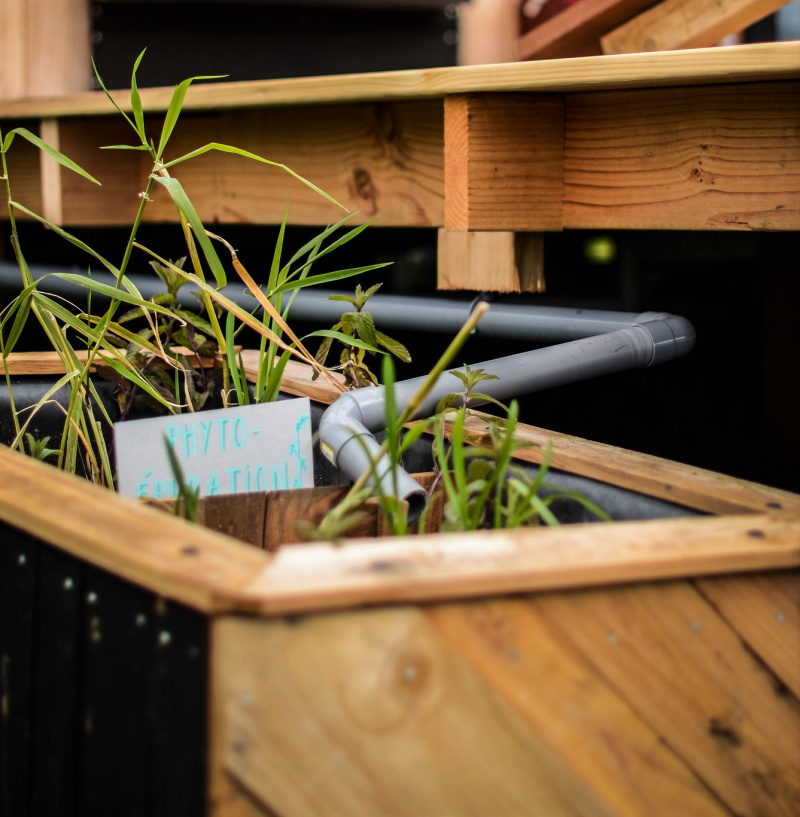
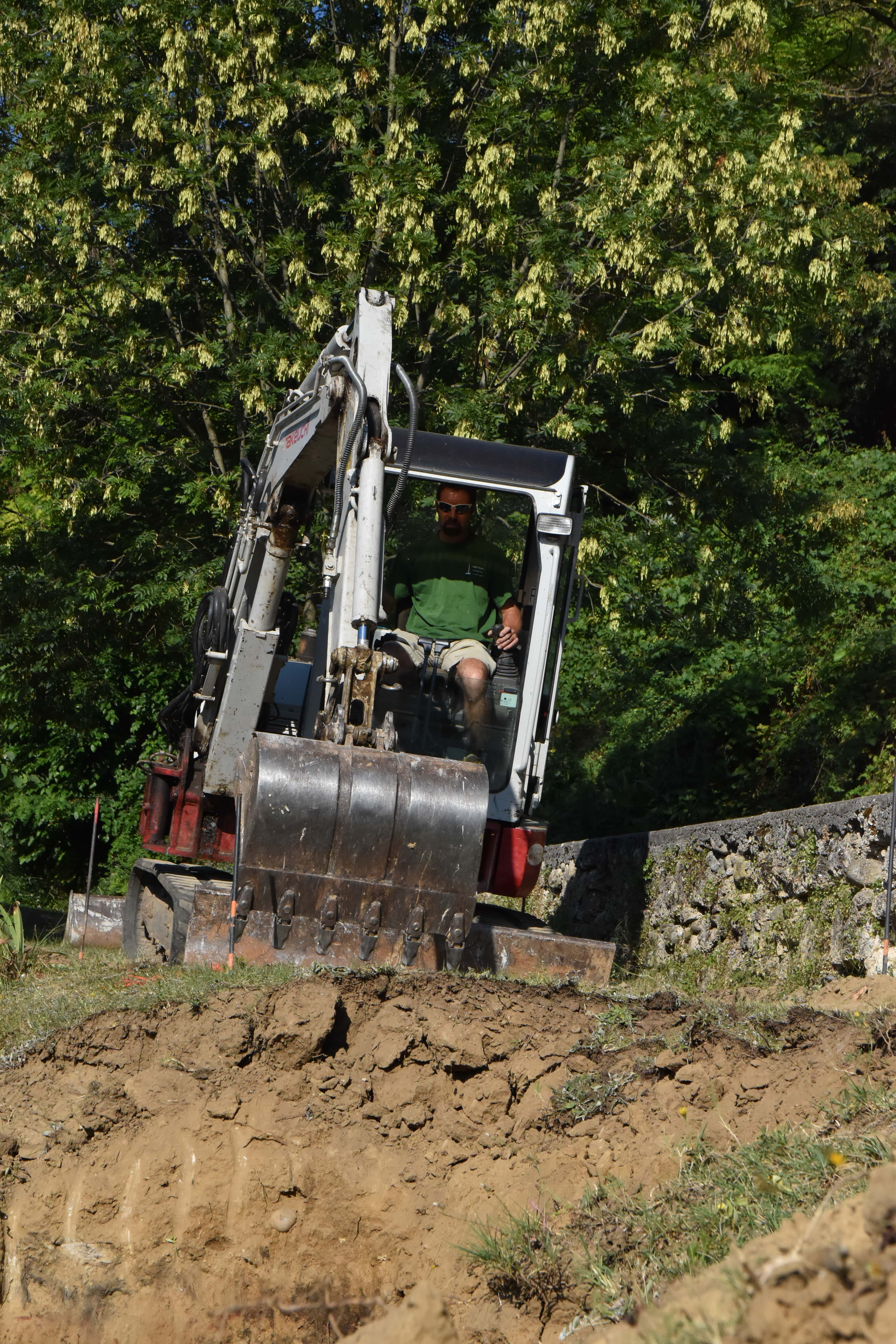
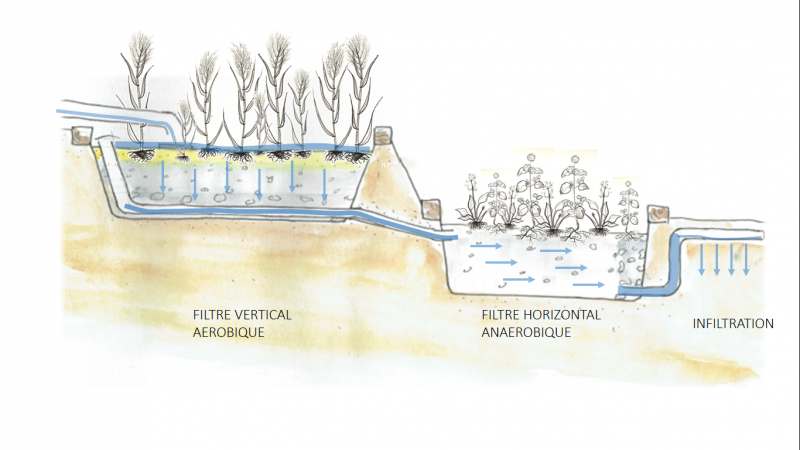
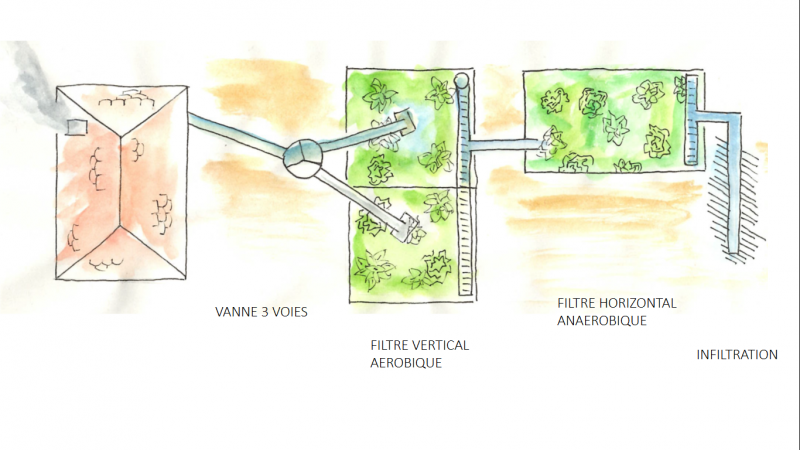
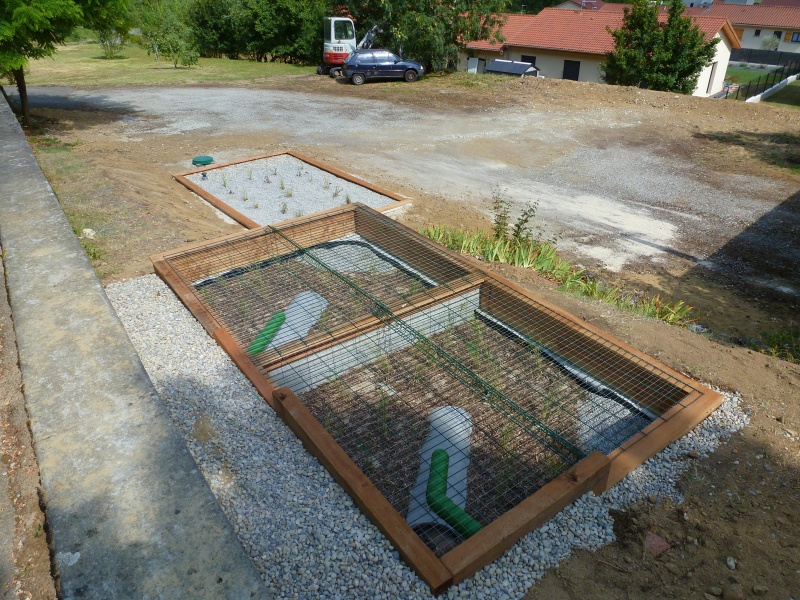
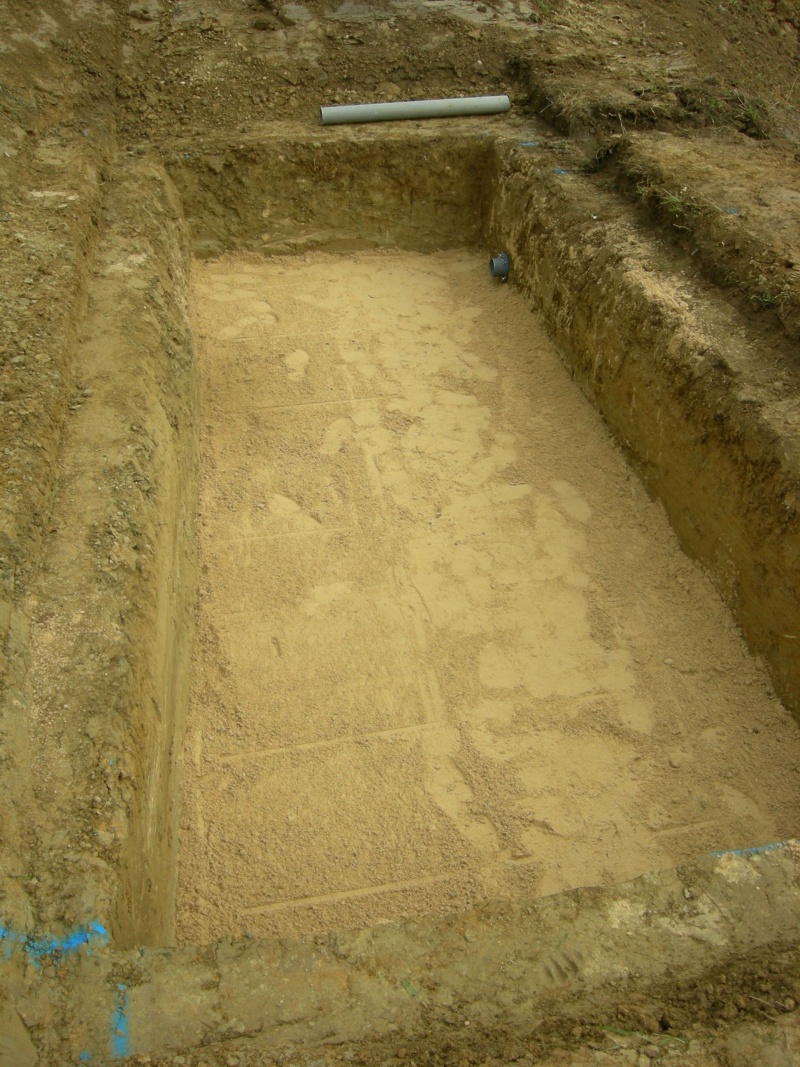
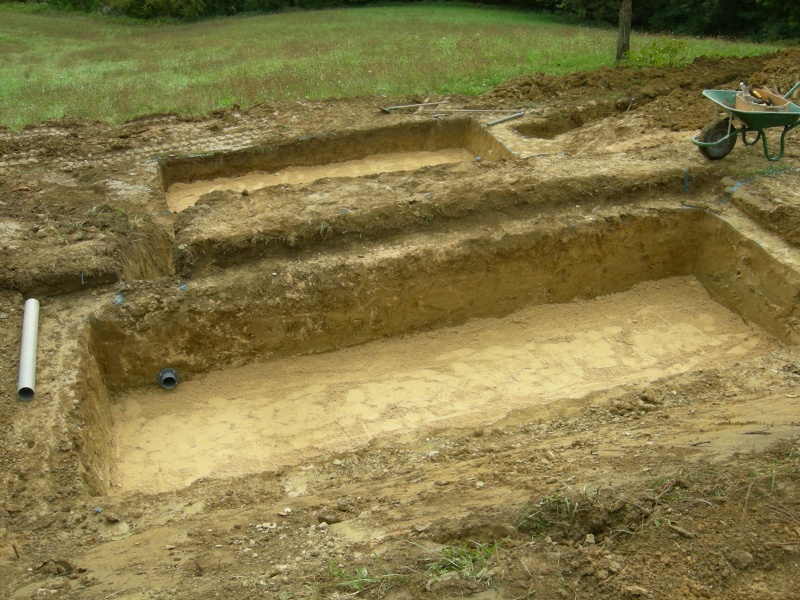
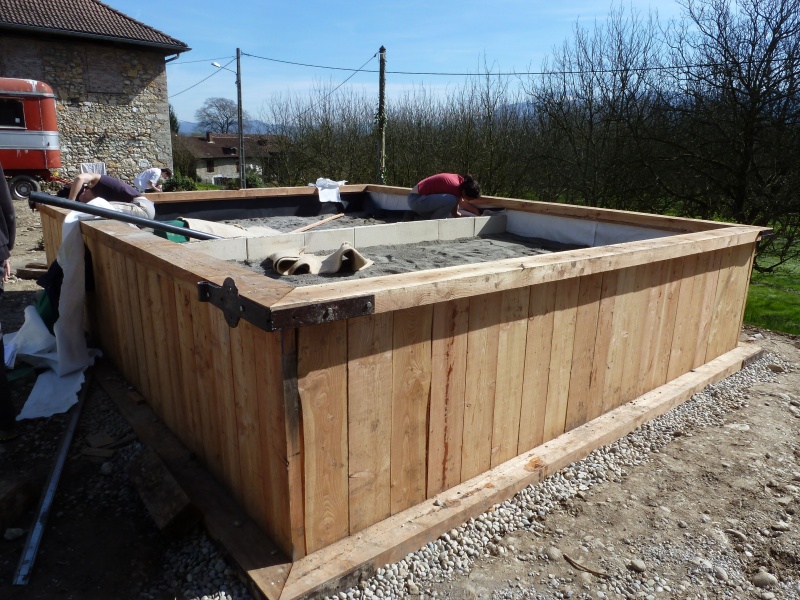
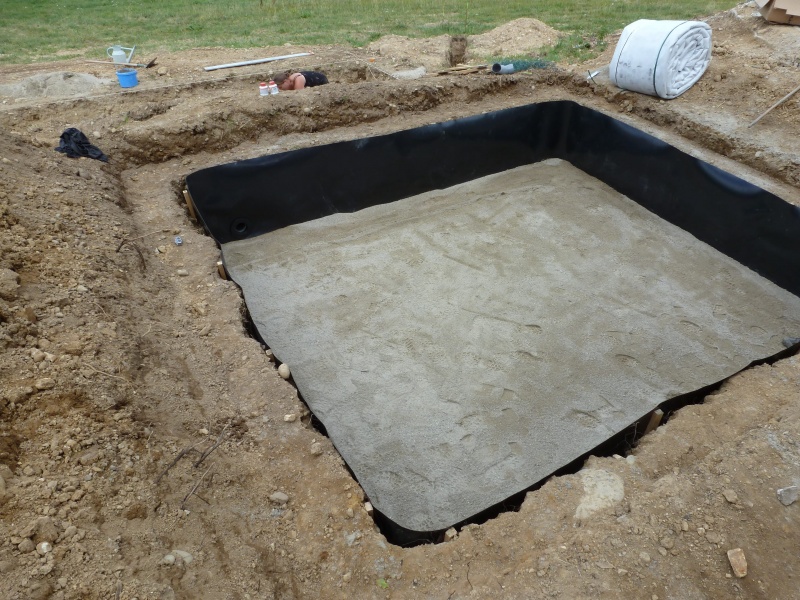
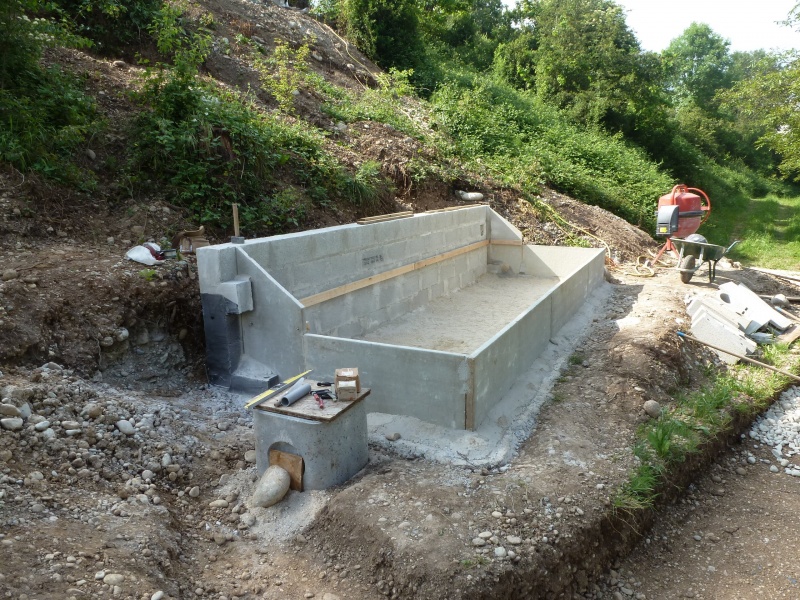
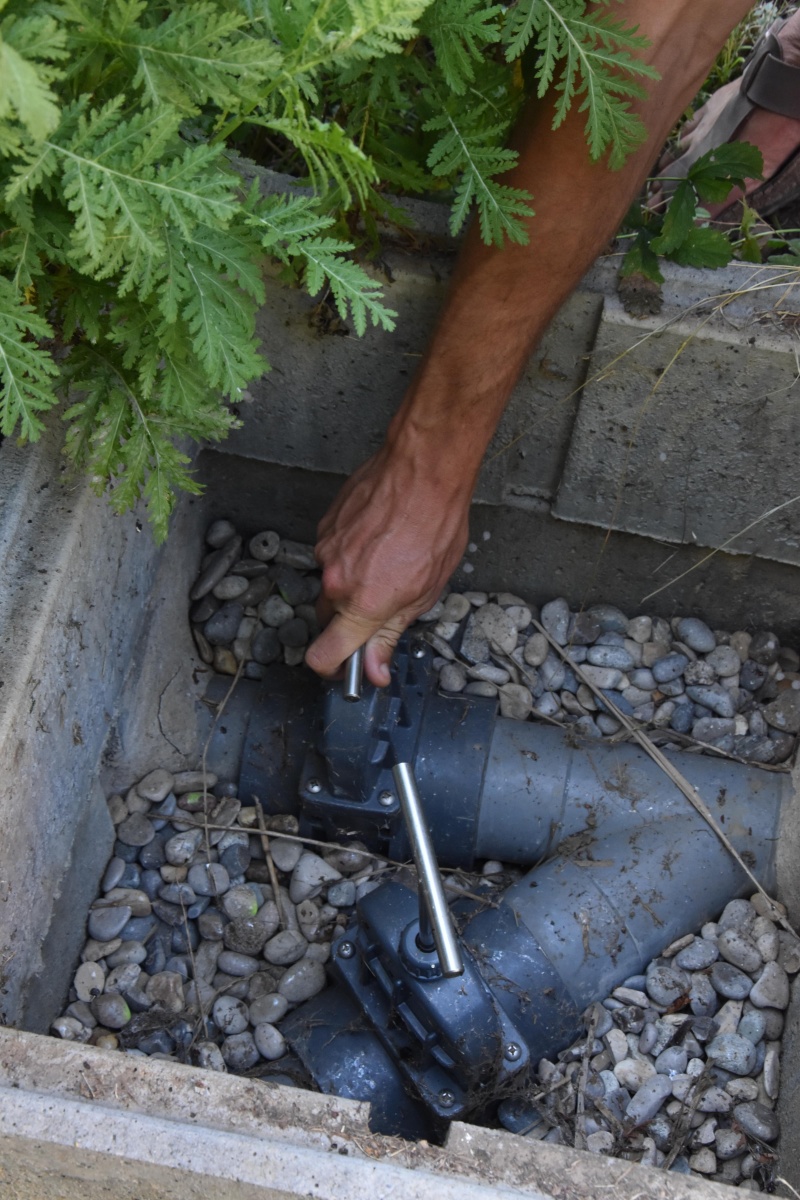
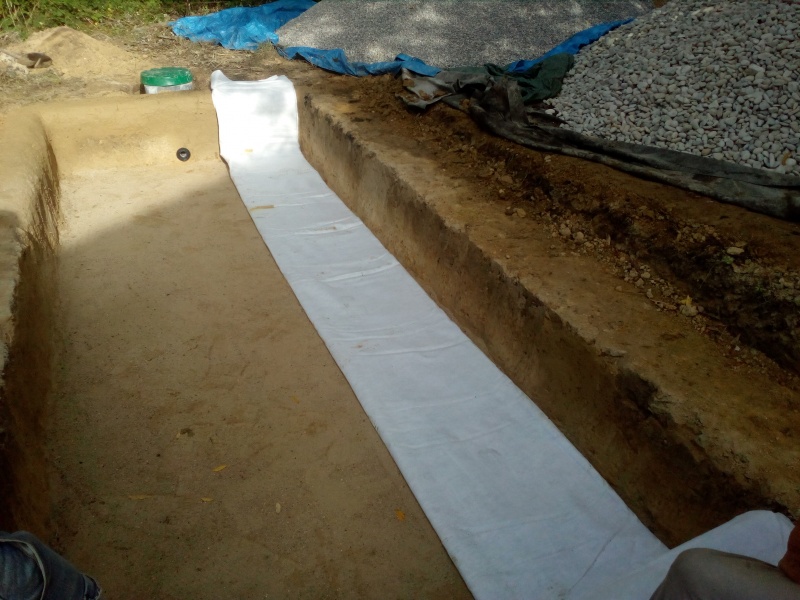
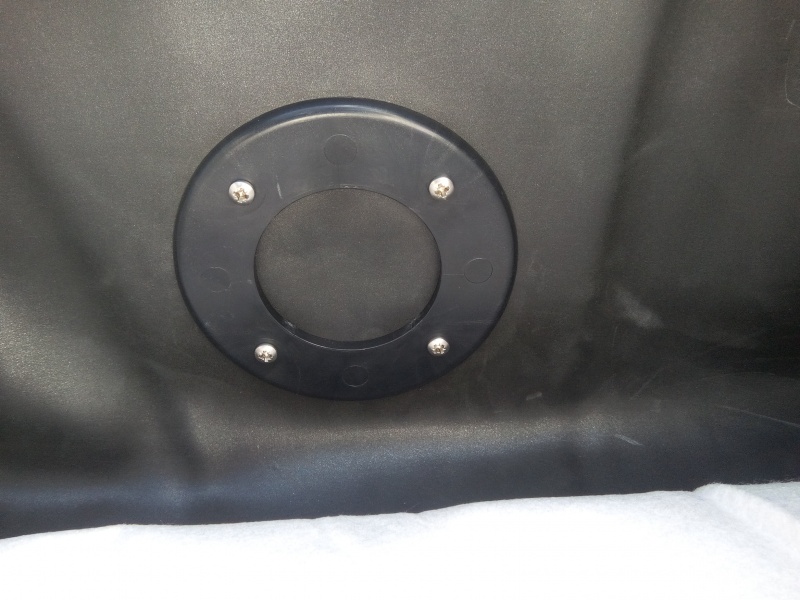
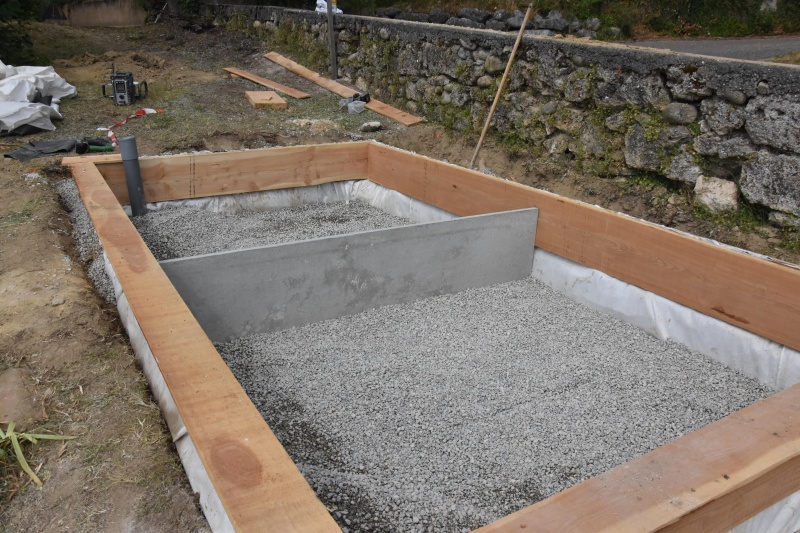
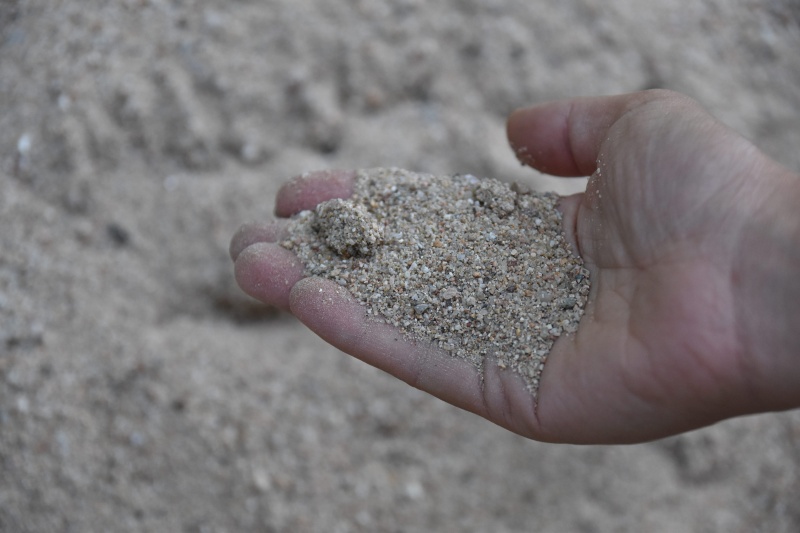
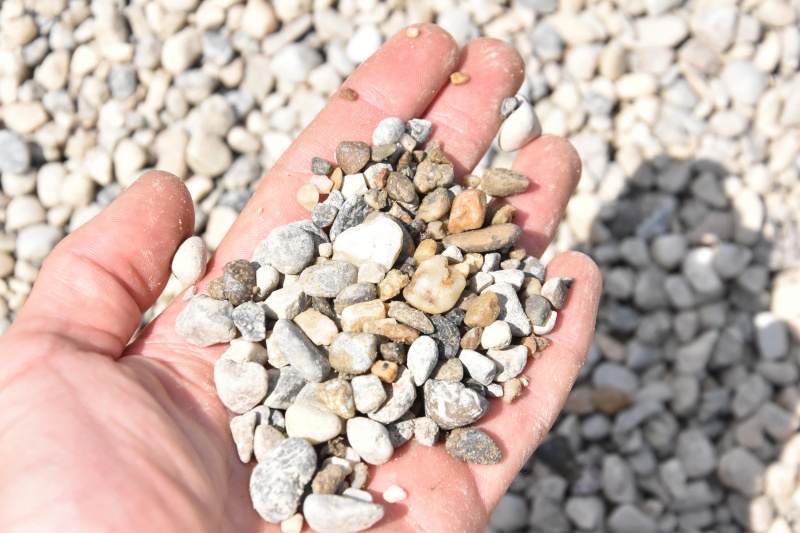
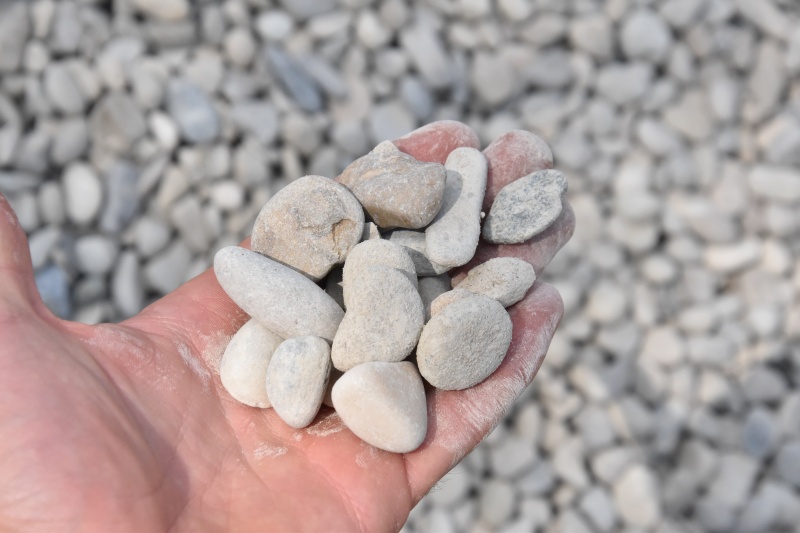
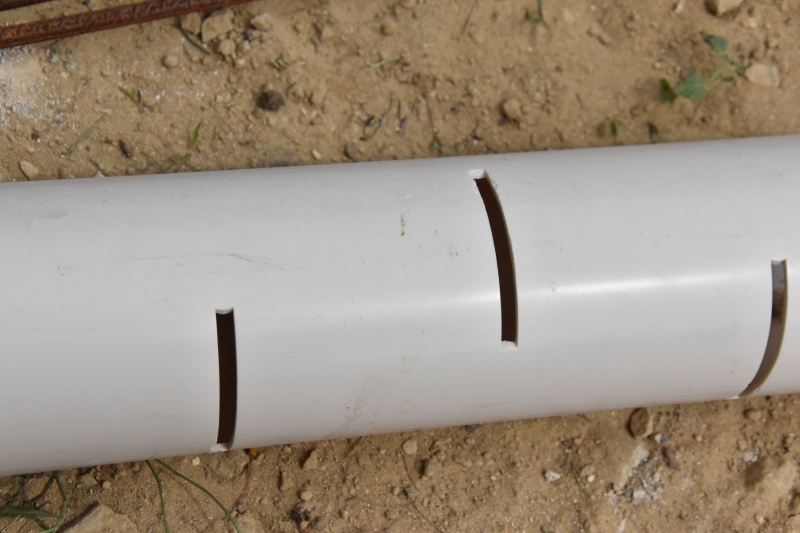
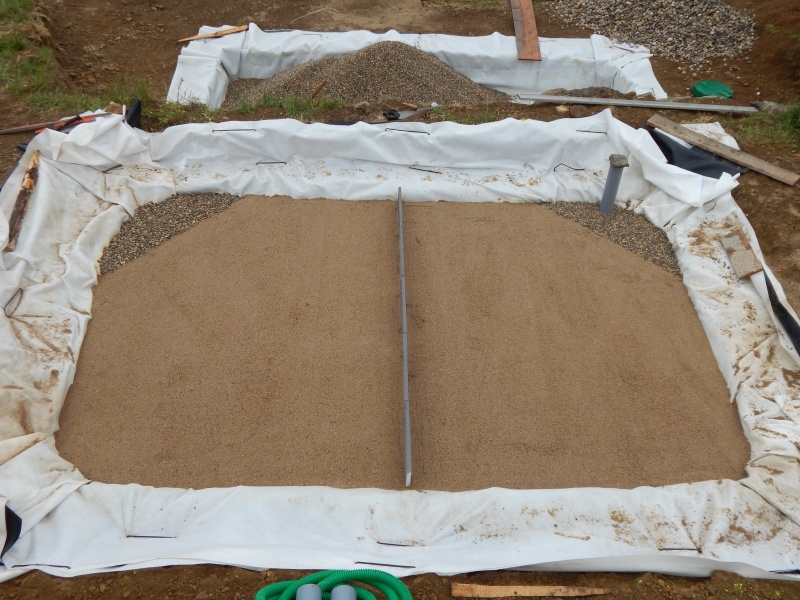
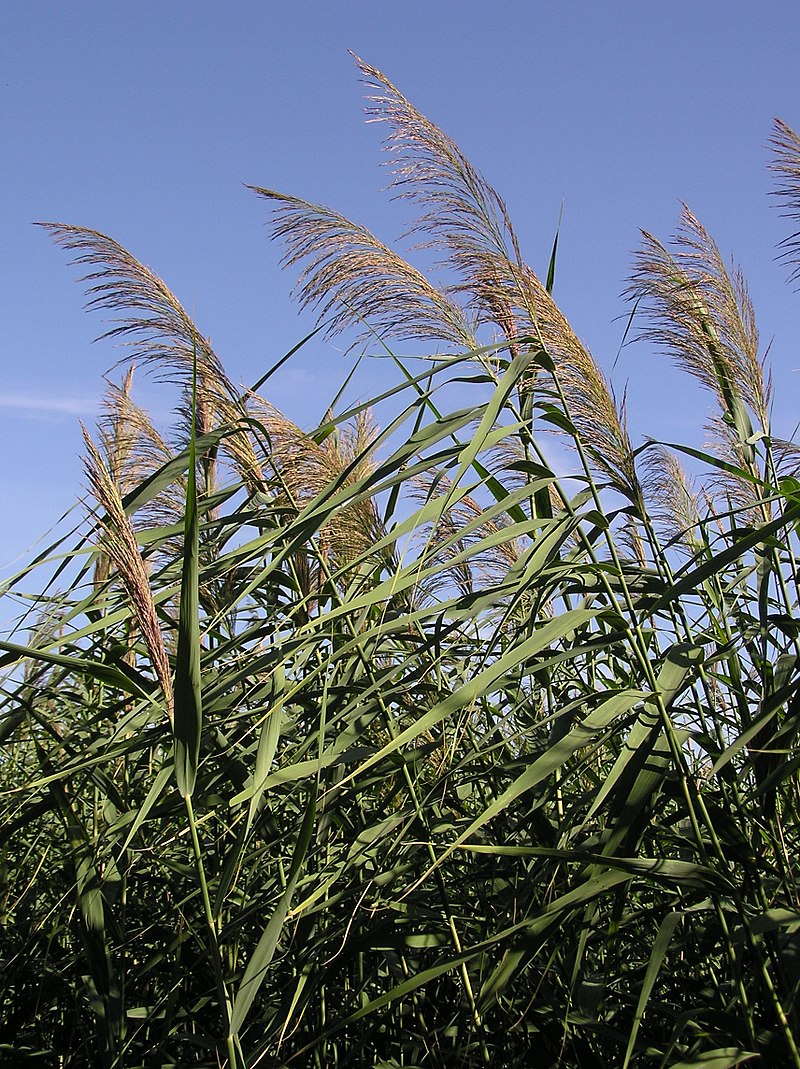
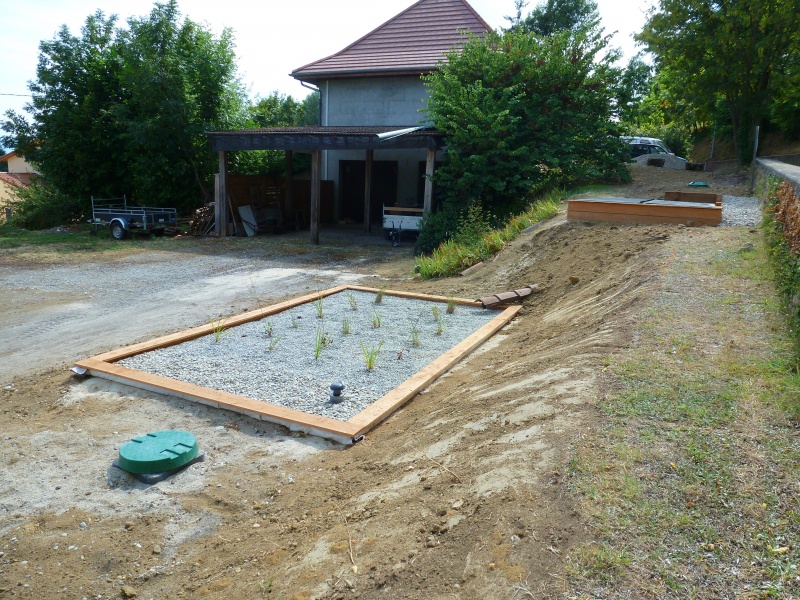
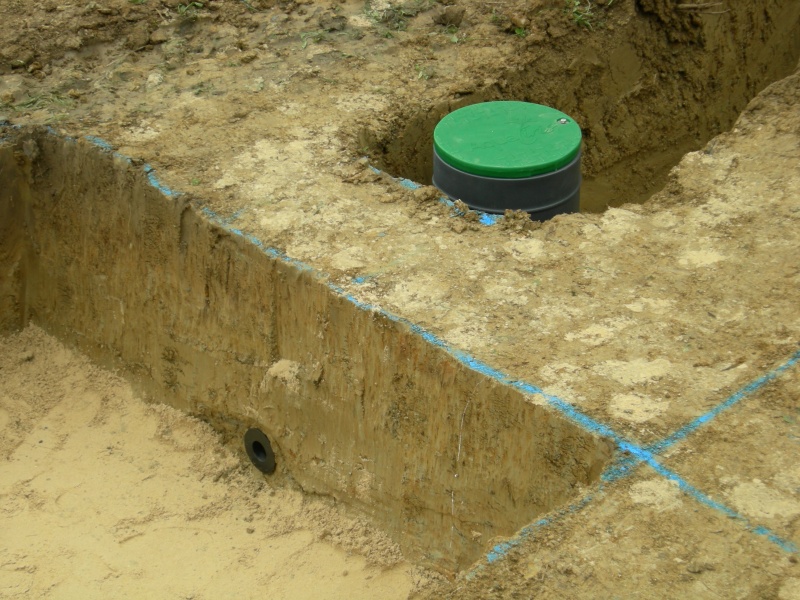
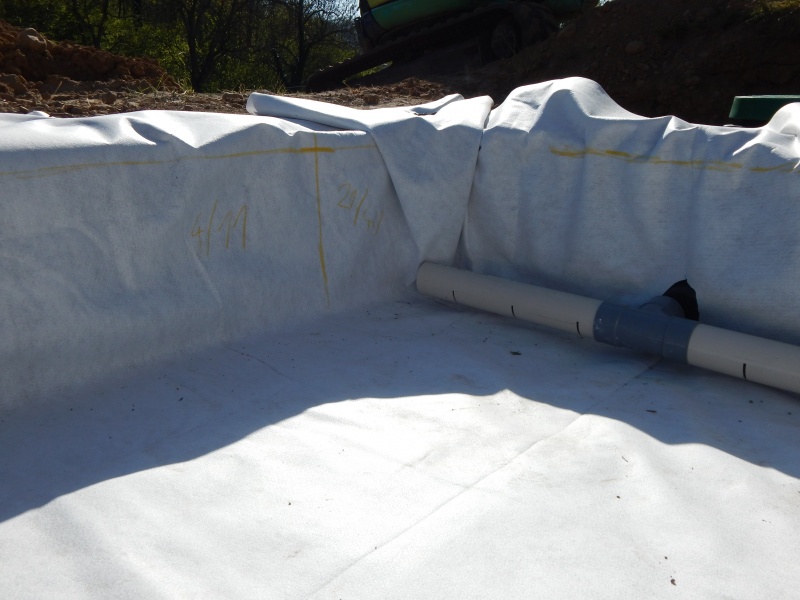
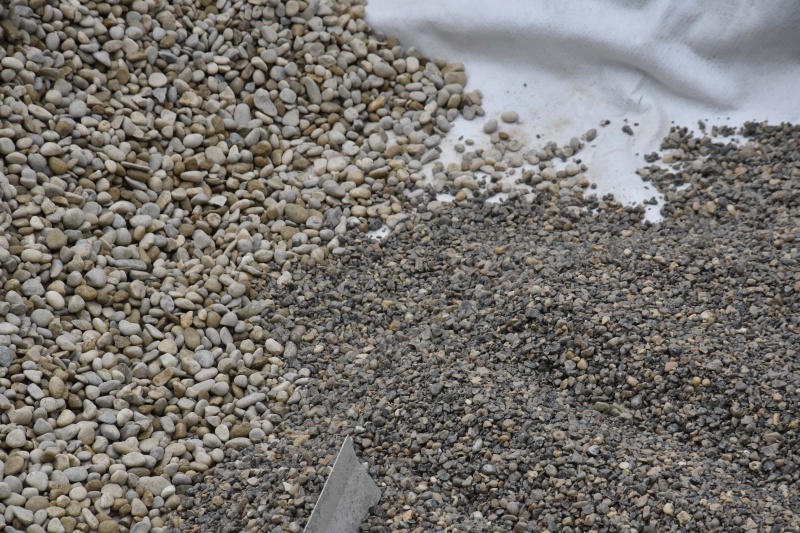
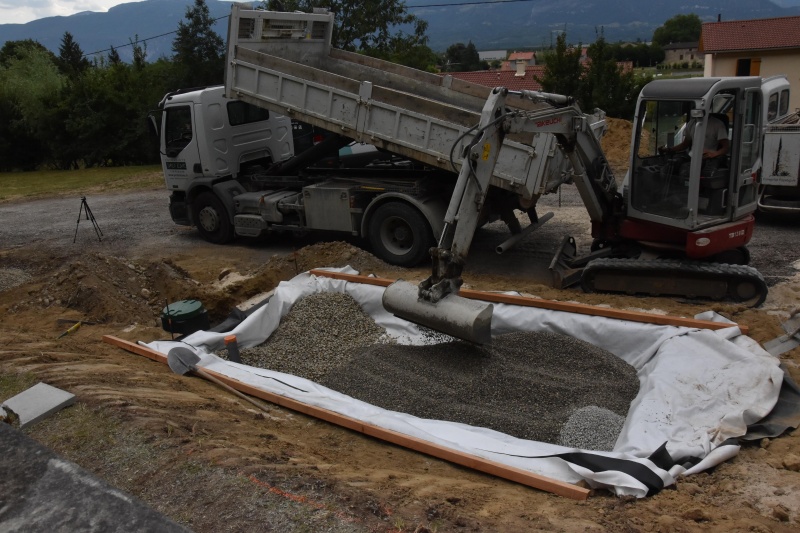
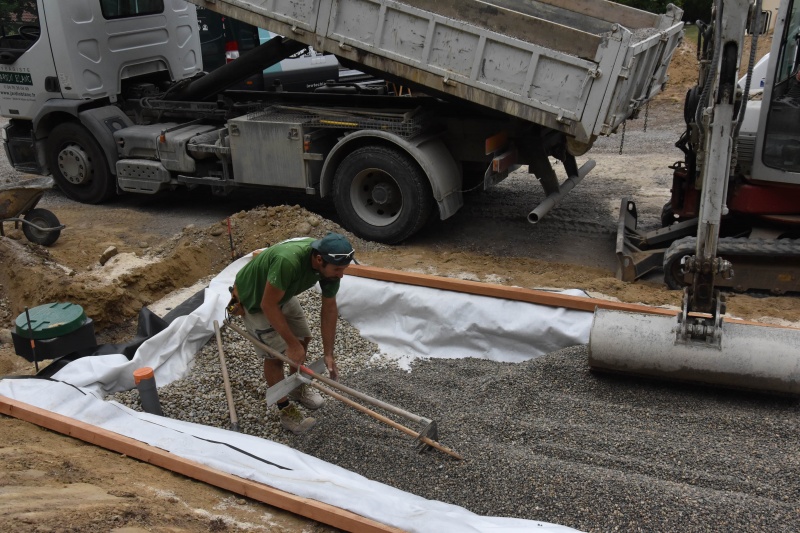
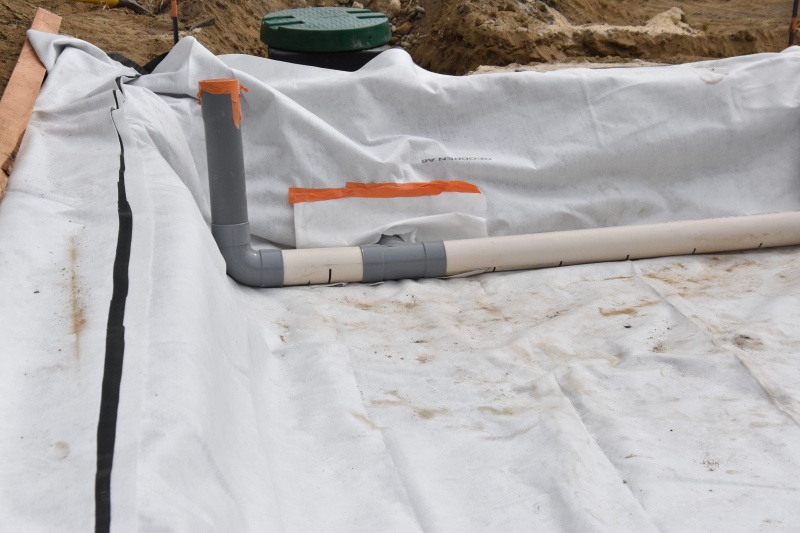
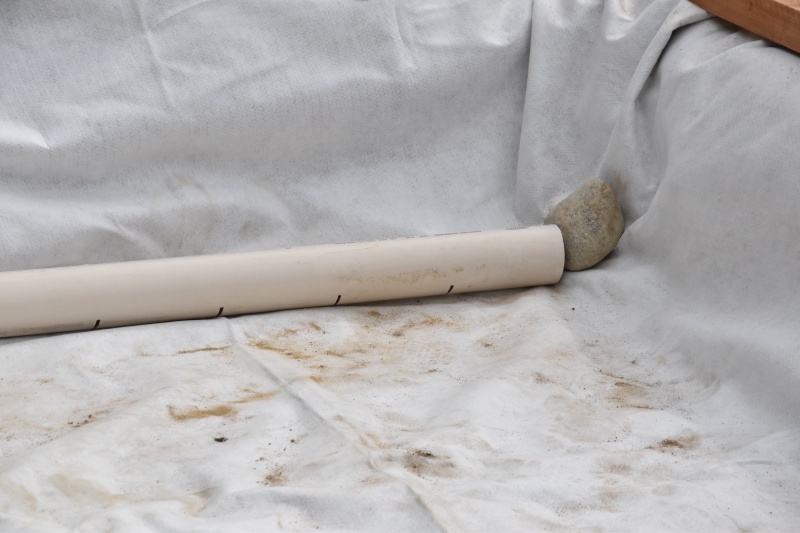
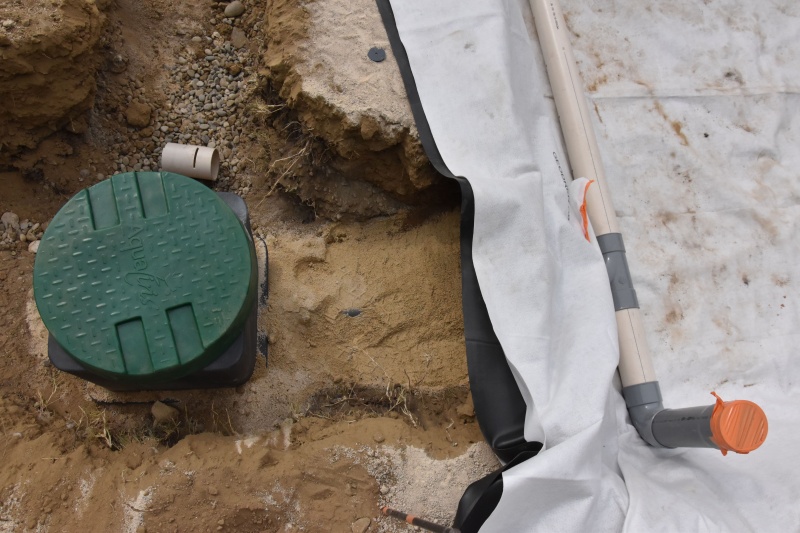
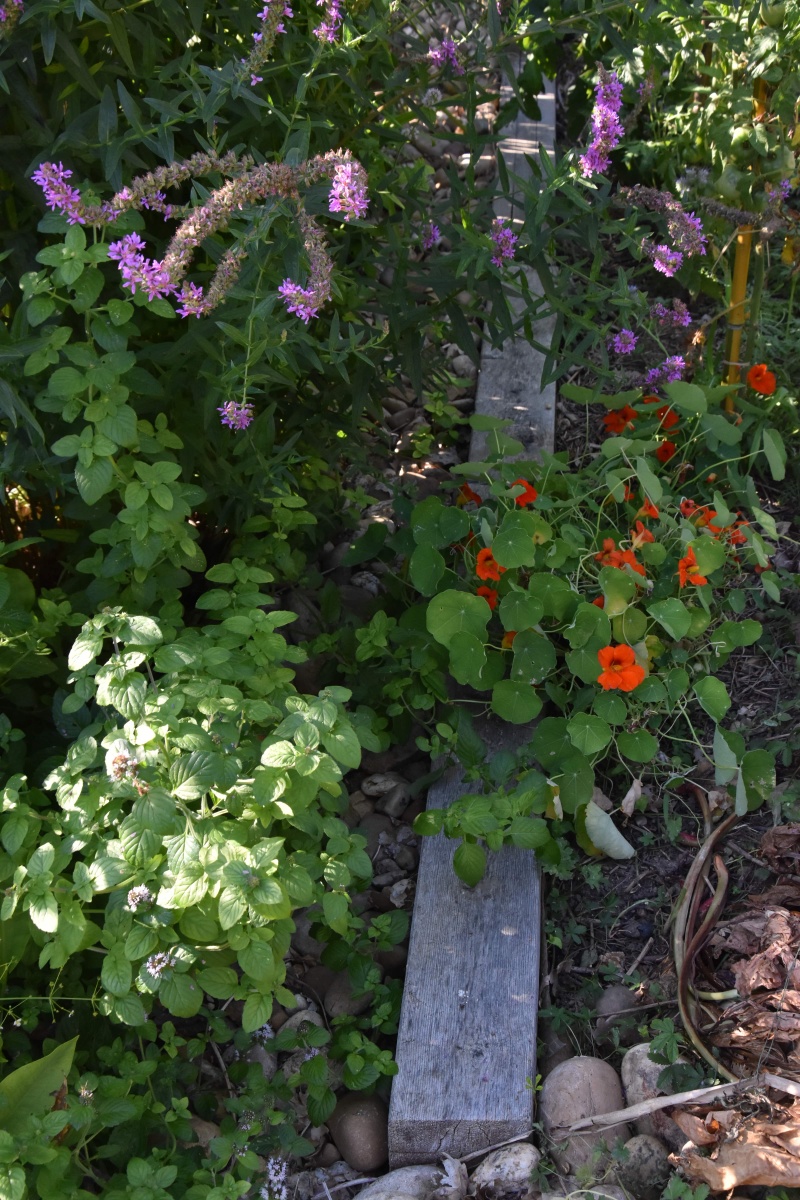
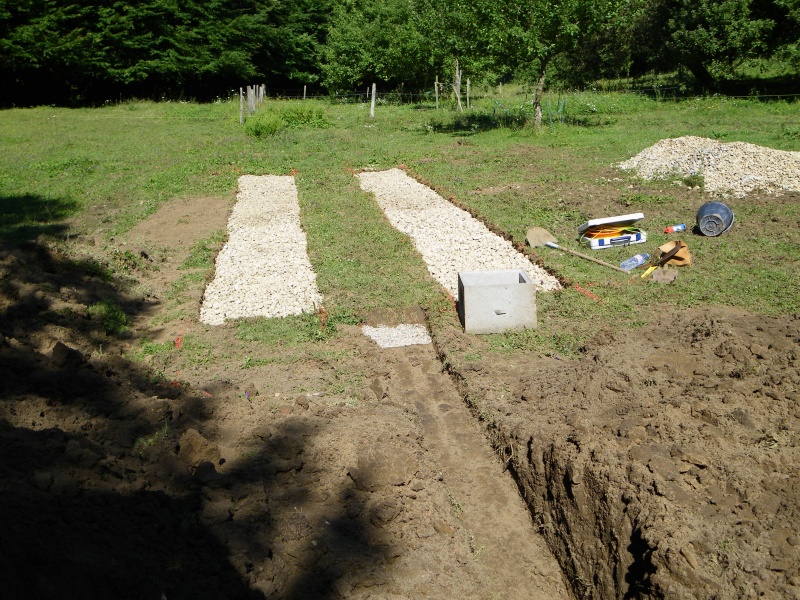
 Français
Français English
English Deutsch
Deutsch Español
Español Italiano
Italiano Português
Português